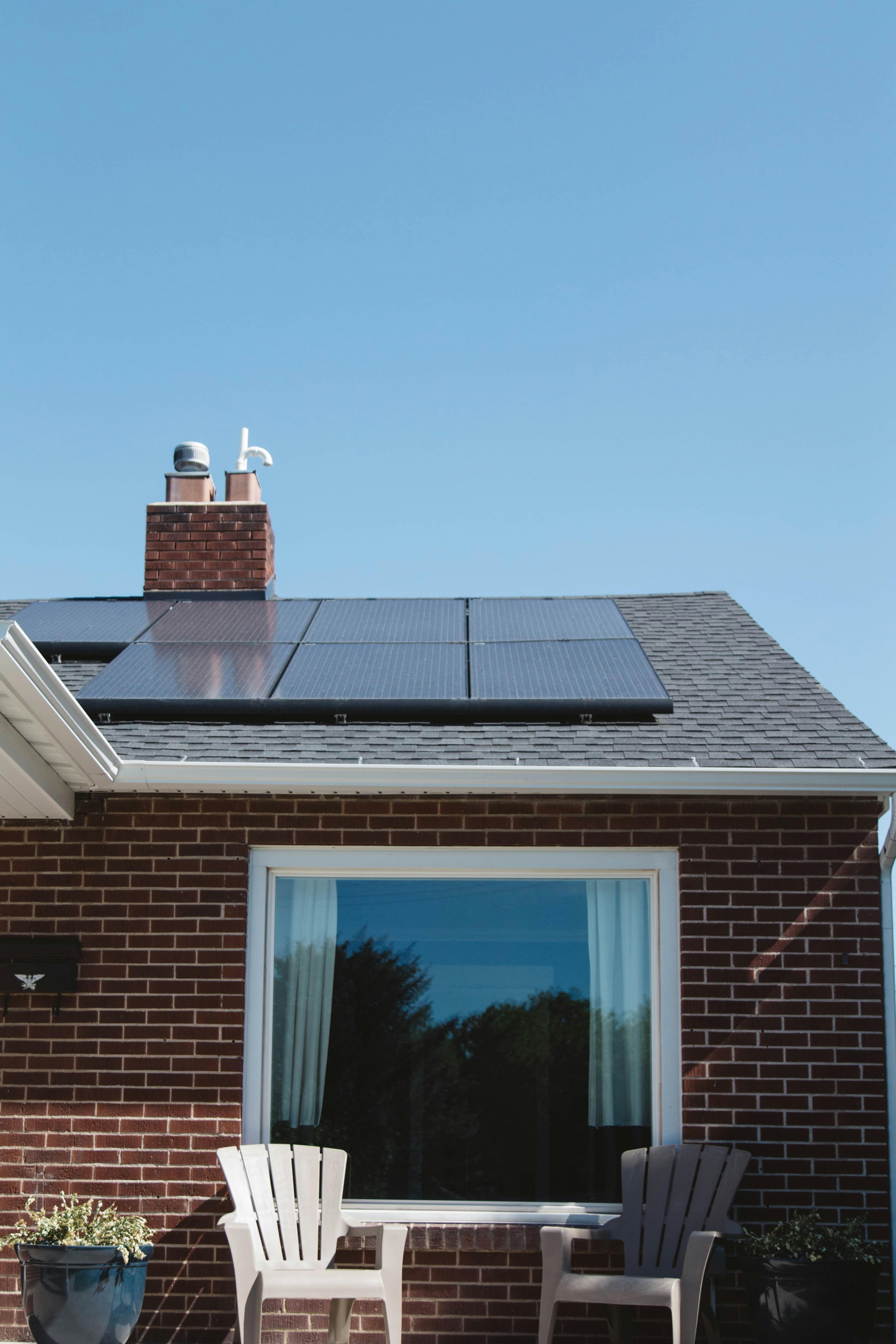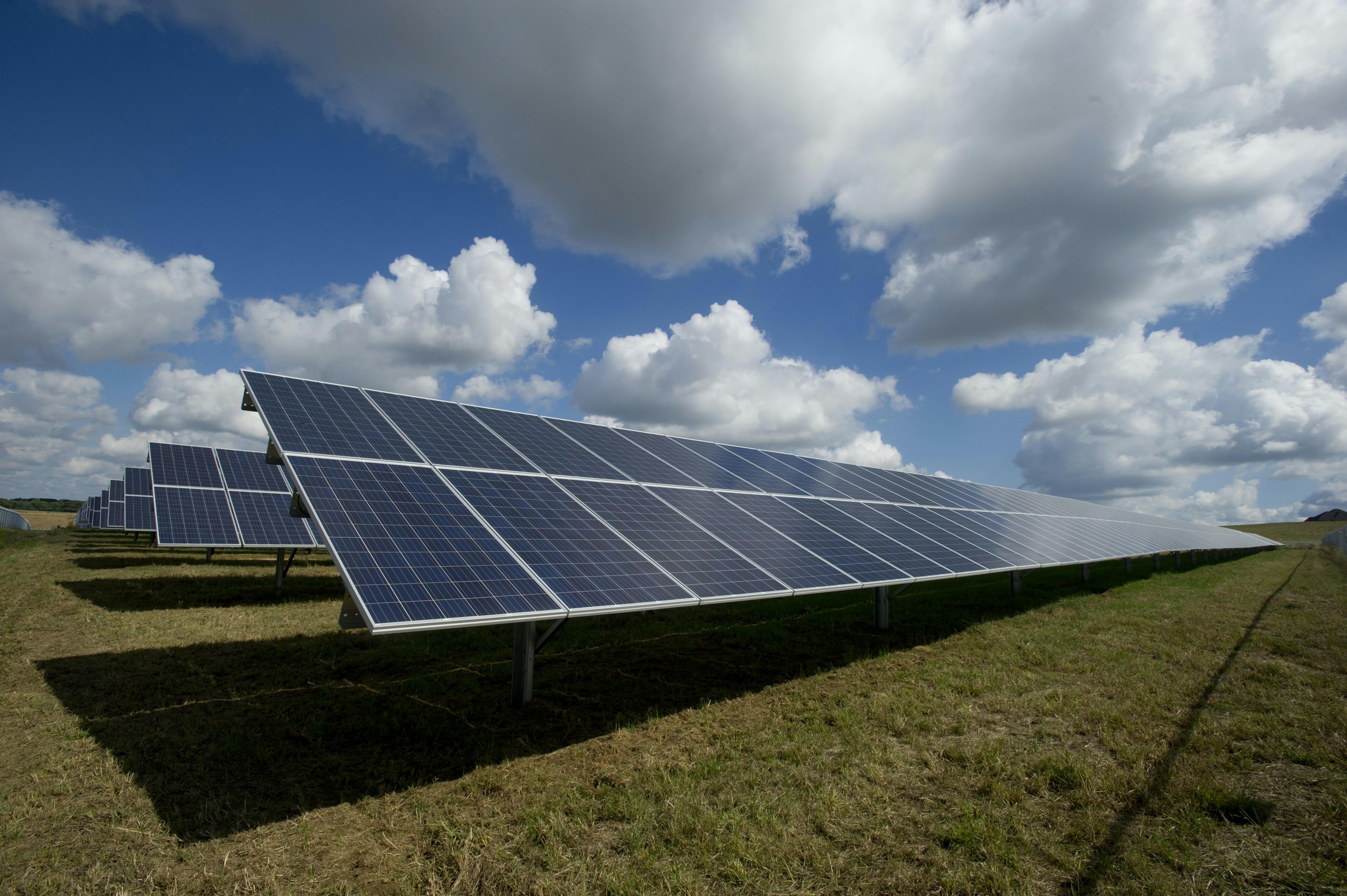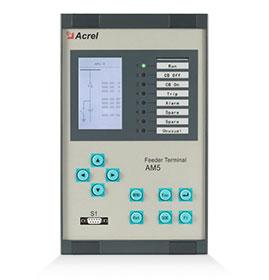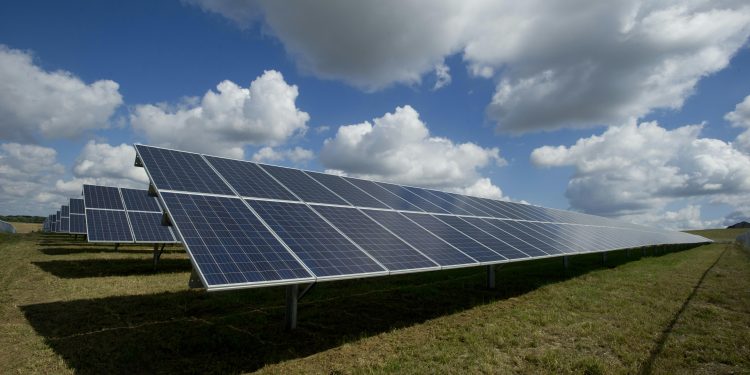In a world increasingly woven together by invisible threads of connectivity, the Internet of Things (IoT) stands as a testament to the marvels of modern technology. From smart refrigerators that order groceries to cities that optimize traffic flow, IoT is transforming how we live, work, and interact with our environment. Yet, as billions of devices spring to life, they bring with them an insatiable hunger for energy. Enter solar power—a beacon of sustainability in our quest for a greener planet. But can the sun’s rays truly illuminate the path forward for the IoT revolution? This article delves into the intriguing intersection of solar energy and IoT, exploring the potential for a harmonious partnership that could redefine the future of connectivity.
Harnessing the Sun: The Role of Solar Energy in IoT Infrastructure
As the digital landscape continues to evolve, solar energy emerges as a transformative force in shaping the future of IoT infrastructure. Solar power offers a sustainable and efficient energy source, addressing the growing energy demands of interconnected devices. By integrating photovoltaic cells into IoT systems, organizations can achieve energy autonomy, reducing reliance on traditional power grids. This not only ensures uninterrupted operations but also contributes to environmental sustainability. The versatility of solar technology enables its deployment in diverse environments, from urban landscapes to remote rural areas, empowering IoT networks to expand their reach and impact.
- Sustainability: Reduces carbon footprint and supports green initiatives.
- Cost Efficiency: Lowers operational costs with reduced dependency on grid electricity.
- Scalability: Facilitates easy expansion of IoT networks in diverse geographic locations.
- Reliability: Enhances the resilience of IoT systems with consistent power supply.
By embracing solar energy, businesses and innovators can drive the IoT revolution forward, ensuring that the proliferation of smart devices remains economically viable and environmentally friendly. As technology advances, the synergy between solar power and IoT infrastructure will likely redefine the boundaries of connectivity and energy management, paving the way for a smarter, more sustainable future.

Innovative Solar Solutions for Powering Smart Devices
The dawn of the Internet of Things (IoT) has ushered in a myriad of devices that demand constant and efficient energy sources. Harnessing solar energy for these devices offers a sustainable and eco-friendly solution, driving the innovation of smart, energy-efficient technologies. Solar-powered IoT devices have the potential to revolutionize how we interact with technology by offering continuous energy supply even in remote locations. This self-sufficiency not only reduces dependency on traditional power grids but also minimizes environmental impact, supporting a more sustainable future.
- Enhanced energy efficiency: Solar-powered devices can operate without the need for frequent battery replacements or charging, reducing waste and maintenance.
- Scalability: From small sensors to large smart grids, solar solutions can be adapted to power a wide range of IoT applications.
- Cost-effective: Over time, solar energy can significantly lower operational costs by minimizing reliance on conventional power sources.
Balancing Energy Demands: Integrating Solar with IoT Networks
In an era where the Internet of Things (IoT) is becoming ubiquitous, the integration of solar power with IoT networks presents a promising solution to balance energy demands. Solar energy offers a sustainable, decentralized power source that can seamlessly support the expansive growth of connected devices. As IoT networks continue to proliferate, their energy requirements surge, posing a significant challenge to traditional power grids. Here, solar power steps in as a transformative ally, offering several advantages:
- Scalability: Solar installations can be easily scaled to meet the increasing energy needs of expanding IoT networks.
- Decentralization: With solar panels installed on-site, IoT devices can operate independently of centralized power grids, enhancing reliability and reducing transmission losses.
- Environmental Impact: Harnessing solar energy reduces the carbon footprint of IoT networks, aligning with global sustainability goals.
- Cost Efficiency: Once installed, solar panels offer a low-cost energy solution, minimizing operational expenses for IoT infrastructure.
However, the successful integration of solar with IoT networks requires strategic planning and technological advancements. Smart energy management systems, powered by IoT, can optimize the consumption and storage of solar energy, ensuring a seamless balance between supply and demand. By leveraging these innovations, we can power the IoT revolution sustainably, paving the way for a future where technology and nature harmoniously coexist.

Strategic Approaches to Enhance Solar Efficiency in IoT Applications
Incorporating solar power into IoT applications requires a blend of technological ingenuity and strategic planning to maximize energy efficiency. Optimizing energy consumption is paramount, and this can be achieved by employing low-power hardware and energy-efficient communication protocols. Devices can be programmed to operate in low-power modes when not actively transmitting data, thus conserving energy and extending battery life.
- Smart Energy Management Systems: These systems can dynamically allocate power based on the device’s operational priorities and the availability of solar energy, ensuring that critical functions remain active even in low-light conditions.
- Adaptive Energy Harvesting: Leveraging algorithms that adjust the energy harvesting process according to environmental conditions can significantly enhance efficiency. This includes real-time adjustments to the angle of solar panels to capture maximum sunlight.
- Integrated Energy Storage Solutions: Pairing solar panels with advanced energy storage technologies, such as lithium-ion batteries or supercapacitors, ensures a steady energy supply and mitigates the impact of intermittent solar availability.
Moreover, collaborative network architectures can be employed to distribute energy demands across multiple devices, reducing the strain on individual solar-powered IoT units. By strategically aligning these approaches, the potential for solar energy to power the burgeoning Internet of Things can be significantly realized, driving a more sustainable and efficient technological future.
Key Takeaways
As we stand on the precipice of a new era, where the Internet of Things intertwines seamlessly with our daily lives, the question of sustainability looms large. Can solar power illuminate this path forward, powering an interconnected web of devices with the gentle touch of sunlight? While challenges remain, the synergy between solar energy and IoT presents an enticing vision of a future where technology and nature harmoniously coexist. The journey is ongoing, and as innovation continues to light the way, the potential for solar-powered IoT shines brighter than ever. In this unfolding narrative, we are reminded that the true revolution lies not just in what we create, but in how we choose to power the world of tomorrow.

































